Introduction
Columbia, South Carolina is a city built on history, shaped by its role in government, faith, architecture, and civil rights. From stately mansions to sacred spaces, its downtown streets are lined with buildings that have withstood wars, witnessed social movements, and nurtured generations of community leaders. This guide highlights ten essential landmarks—all within easy reach of Forest Drive—that reflect the city’s rich and complicated past. Whether you’re walking through ornate gardens or standing in the home of a former president, each stop tells a different part of Columbia’s enduring story.
Table of Contents
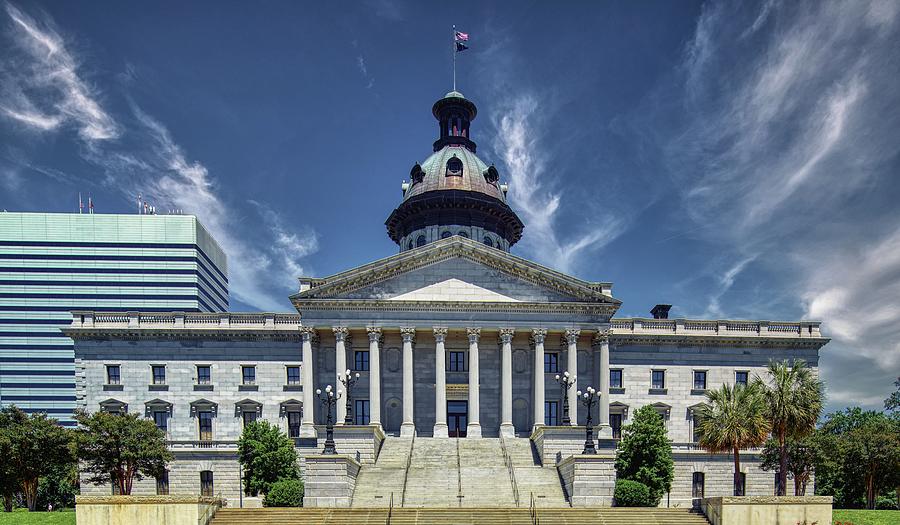
1. South Carolina State House
The South Carolina State House stands at the heart of Columbia, just a short drive from Forest Drive, and serves as a cornerstone of South Carolina’s history and identity. As the center of government for the Palmetto State, the State House is more than a legislative building—it is a lasting symbol of resilience, transformation, and civic pride. From its neoclassical columns to the battle-scarred granite exterior, every inch of this structure has a story to tell, and those stories stretch from the pre-Civil War era to today. Visitors can walk the grounds to admire monuments like the Palmetto Regiment Memorial and African-American History Monument while exploring the historic interiors that reflect the evolution of South Carolina’s political legacy.
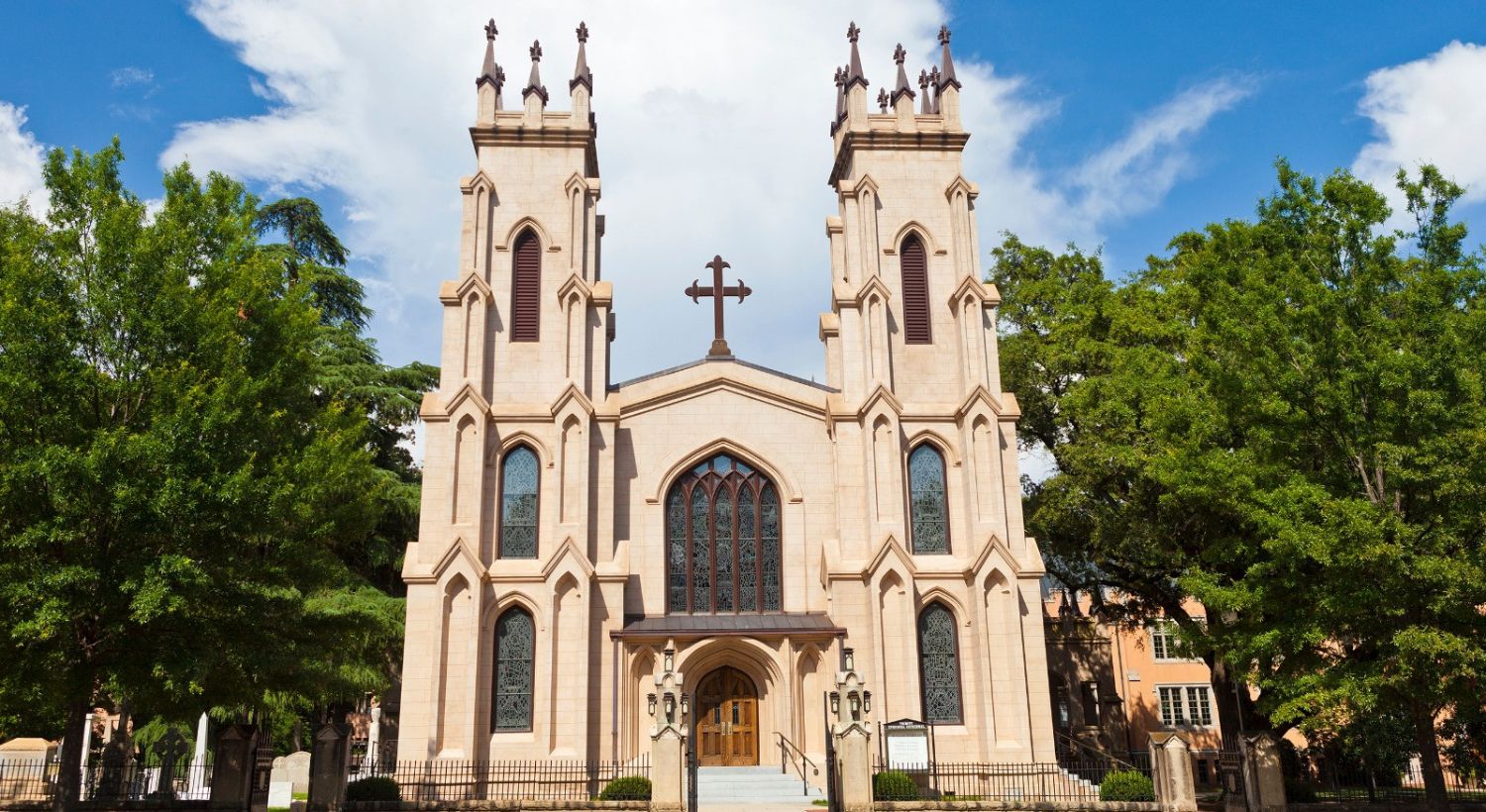
2. Trinity Episcopal Cathedral
Trinity Episcopal Cathedral stands just steps from the State House, serving as one of Columbia’s oldest and most beloved landmarks. With its soaring Gothic Revival architecture and deep historical roots, Trinity is far more than a church—it is a lasting symbol of resilience, community, and tradition that has shaped Columbia’s landscape since the early 19th century. The cathedral’s stone façade, stained-glass windows, and cemetery—home to notable South Carolinians—make it a destination rich in spiritual and architectural significance.
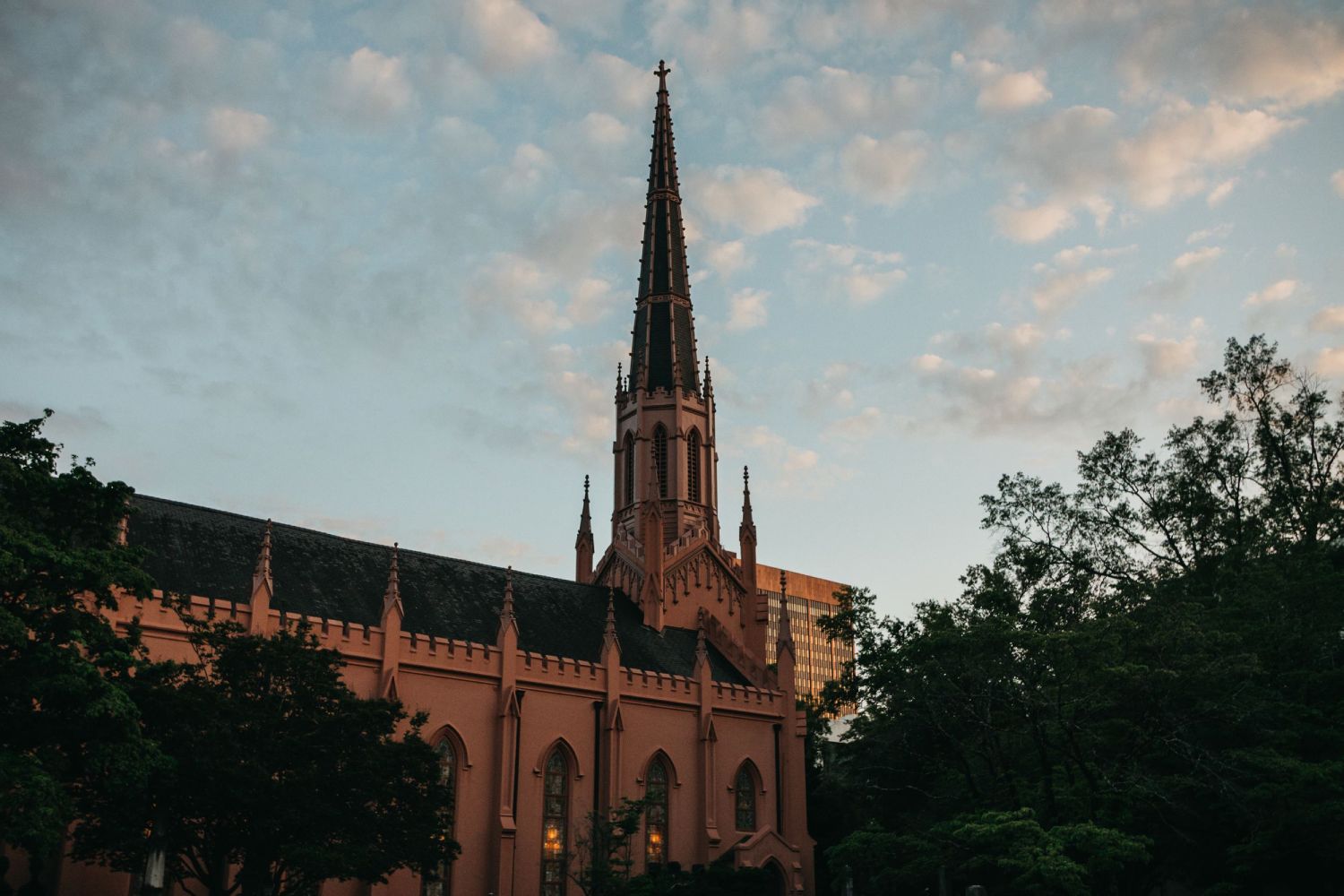
3. First Presbyterian Church
First Presbyterian Church stands as one of Columbia’s oldest and most storied landmarks, occupying a prominent corner at Lady and Marion Streets. With its towering spire, elegant Gothic Revival design, and churchyard steeped in history, the church is not only a place of worship but also a physical chronicle of Columbia’s early formation, survival through conflict, and spiritual growth. As the first established church congregation in the city, it reflects both the religious foundation of South Carolina’s capital and the endurance of faith through centuries of change.
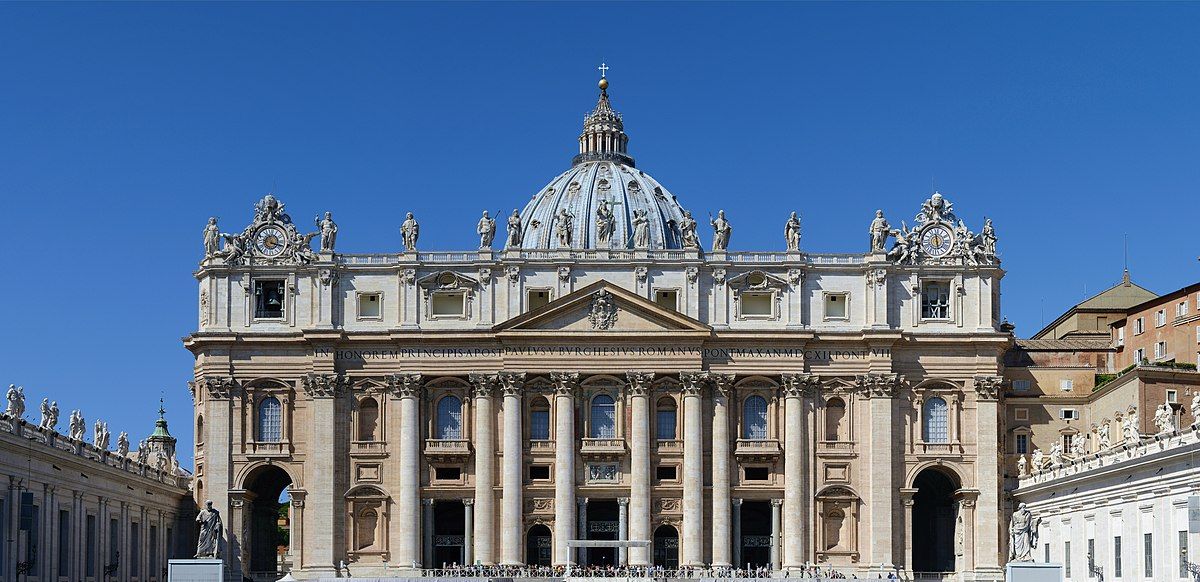
4. Basilica of St. Peter
In the heart of downtown Columbia, the Basilica of St. Peter rises gracefully along Assembly Street, its pointed spire a familiar sight in the city skyline. Known for its striking Gothic Revival architecture and status as South Carolina’s first Minor Basilica, St. Peter’s has stood as a beacon of Catholic faith for over a century. But its significance goes well beyond architectural splendor—it is a place where heritage, devotion, and civic life have converged for generations. The Basilica remains a hub for spiritual life and cultural continuity, connecting generations of worshippers in Columbia.
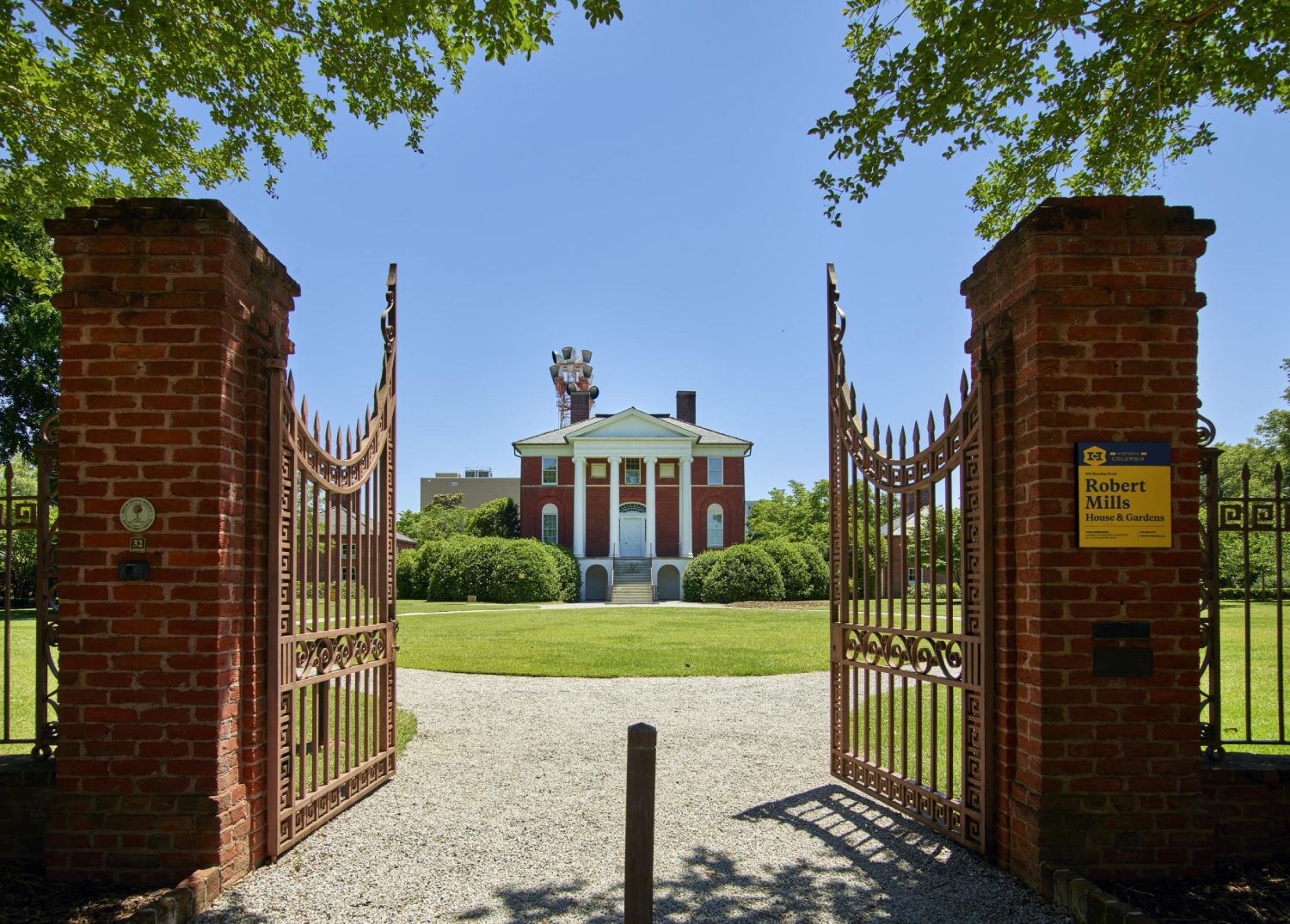
5. Robert Mills House and Gardens
Just east of downtown Columbia sits one of South Carolina’s most iconic and enduring landmarks—the Robert Mills House and Gardens. Framed by stately trees and landscaped grounds, this early 19th-century mansion is one of only a few remaining examples of classical architecture designed by Robert Mills, the first professionally trained American architect and the visionary behind the Washington Monument. Today, it stands not only as a monument to architectural achievement but also as a vibrant museum and cultural destination where Columbia’s layered history is brought to life through educational tours and seasonal events.
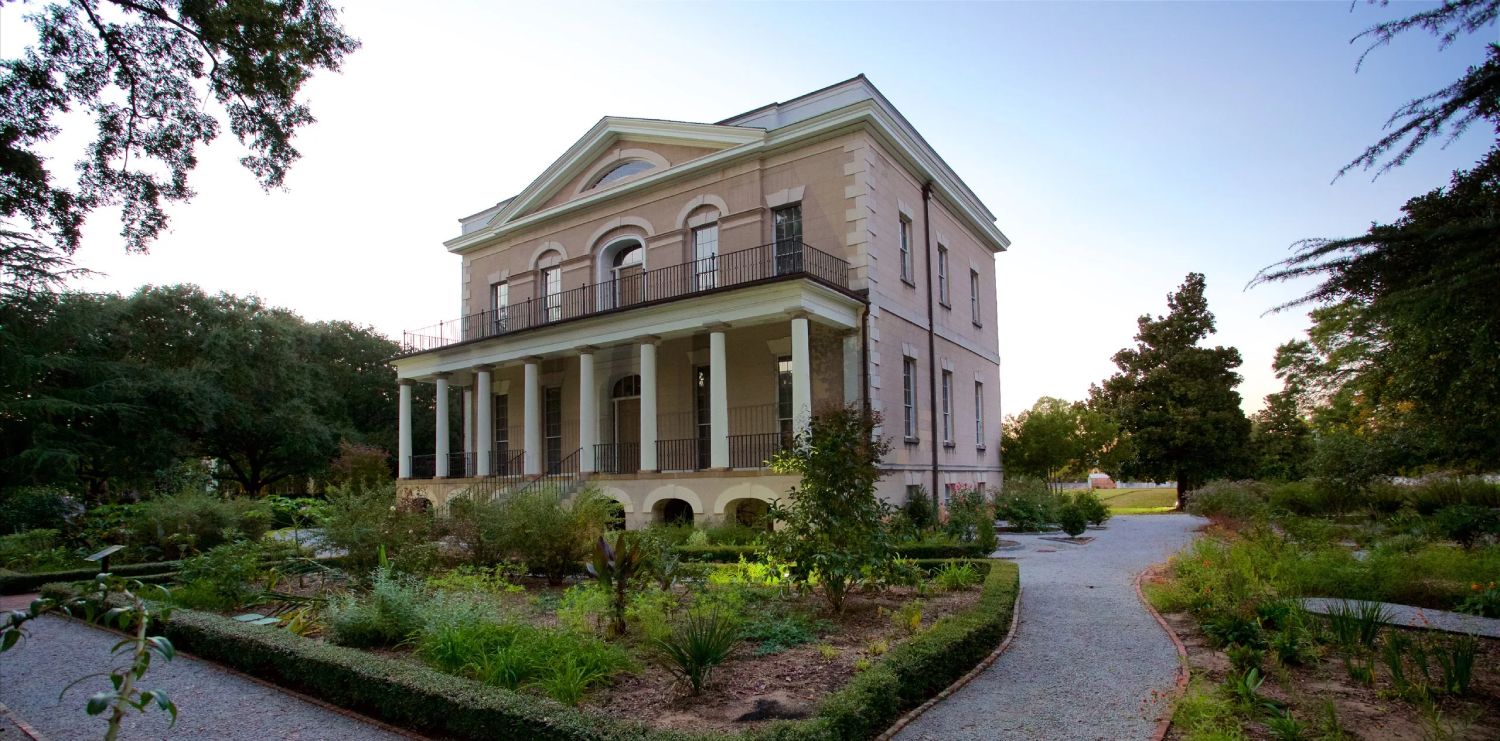
6. Hampton‑Preston Mansion and Gardens
In the heart of Columbia stands one of South Carolina’s most enduring and visually commanding landmarks—the Hampton‑Preston Mansion and Gardens. Built in 1818 and located just a few blocks from the State House, this stately home was once the centerpiece of one of the most prominent planter-class families in the region. Today, it stands as a living museum and historic garden complex that preserves the architectural beauty of the antebellum South while also acknowledging the deeper, more difficult truths embedded in its walls. The house offers visitors a nuanced view of Southern heritage, including the stories of enslaved individuals whose lives shaped the estate.
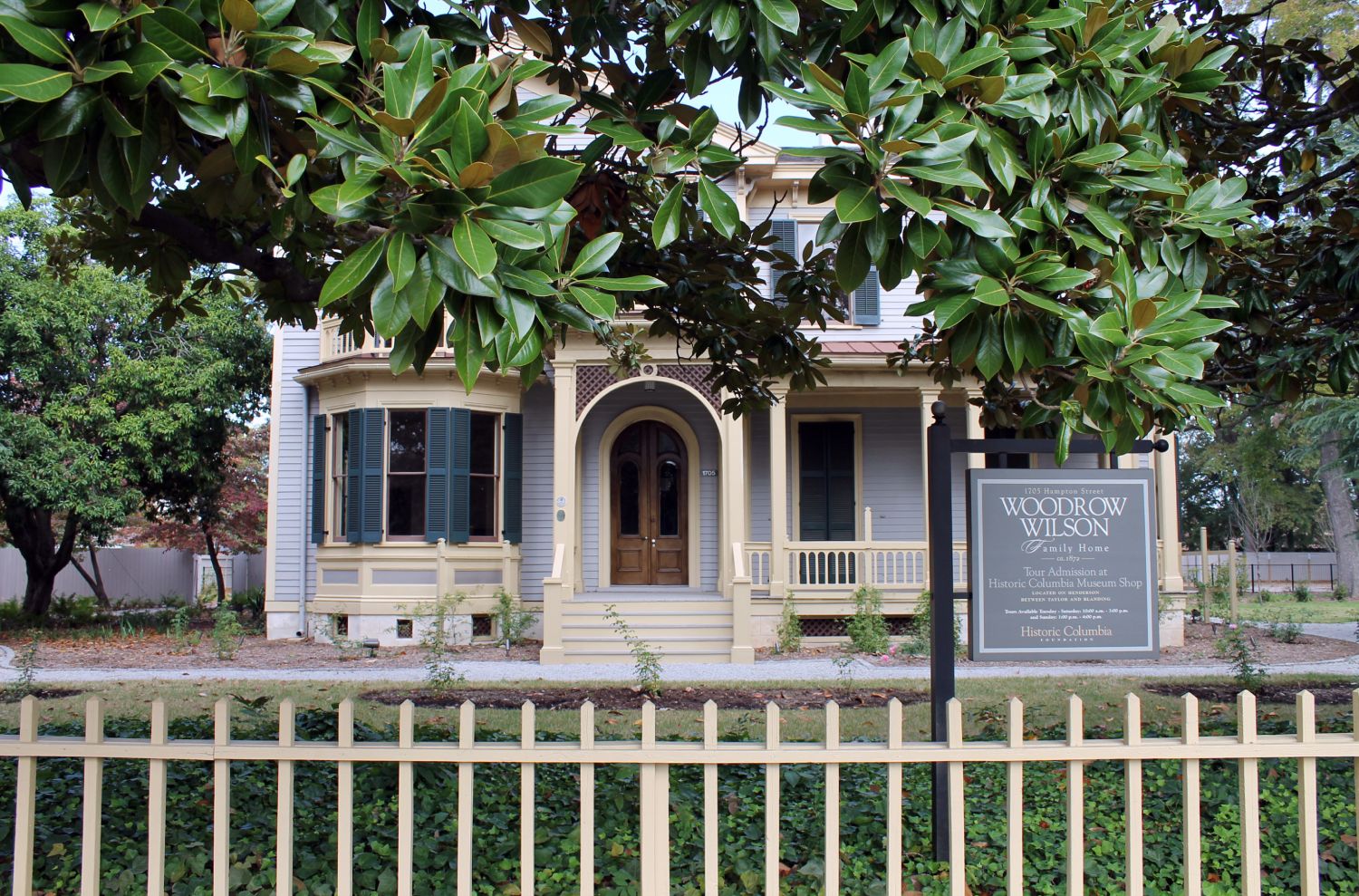
7. Woodrow Wilson Family Home
Nestled on Hampton Street in the heart of Columbia, the Woodrow Wilson Family Home is a deeply significant historic site, both for its architectural charm and its powerful place in American history. As the only home ever owned by the family of President Woodrow Wilson, this Italianate-style house serves as a rare and vivid window into the formative years of a future president and the turbulent Reconstruction Era that reshaped the South following the Civil War. Today, the home operates as the Museum of the Reconstruction Era, offering a layered, nuanced exploration of a critical period in Columbia and the nation’s evolution.
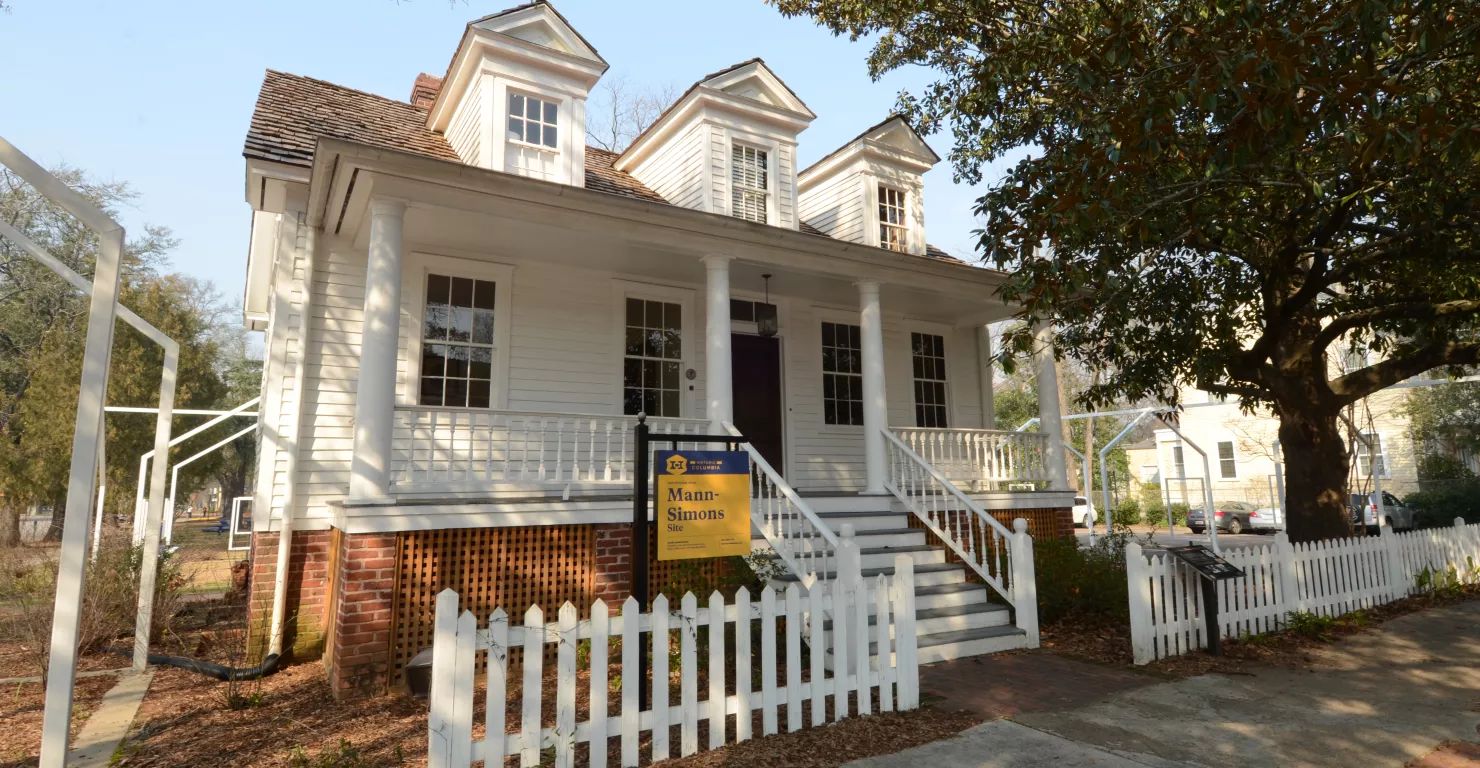
8. Mann‑Simons Site
Tucked between the State House and historic Blanding Street, the Mann‑Simons Site stands as one of Columbia’s most profound and layered landmarks. For over 130 years, this modest house and its surrounding grounds were home to a single African American family whose presence, perseverance, and entrepreneurial spirit left an enduring imprint on the heart of Columbia. Today, the site operates as both house museum and outdoor interpretive space, offering deeply textured insights into the lived experience of a free Black family from antebellum Columbia through Reconstruction, Jim Crow, and into modernity.
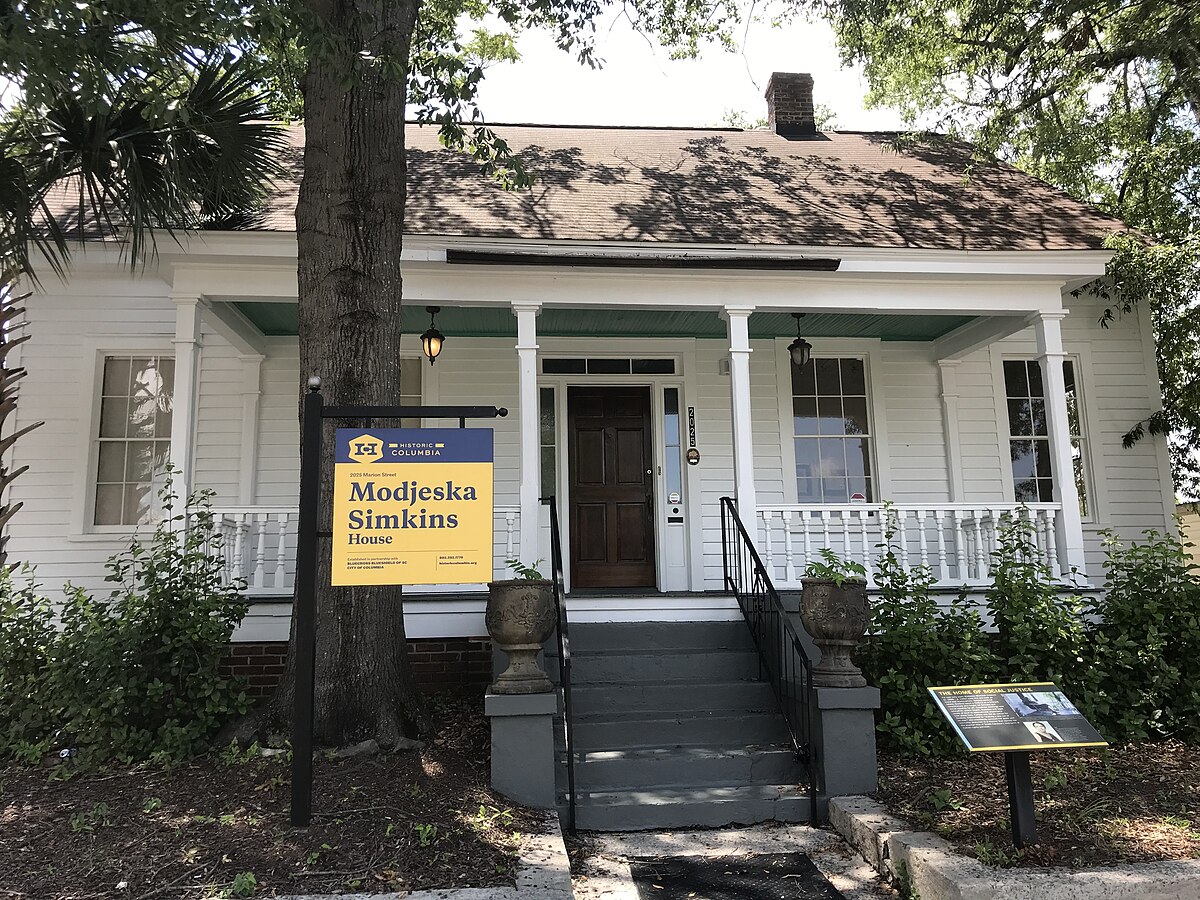
9. Modjeska Monteith Simkins House
Tucked away on Marion Street in downtown Columbia, the Modjeska Monteith Simkins House stands as one of South Carolina’s most powerful symbols of African American resilience and activism. Though modest in appearance, the home holds deep historical weight as the residence and operational hub of Modjeska Monteith Simkins, a pioneering force in public health and civil rights advocacy throughout the 20th century. Today, the house is a preserved historic site that tells the story of tireless determination, community organizing, and justice-focused leadership that shaped civil rights efforts across the state.
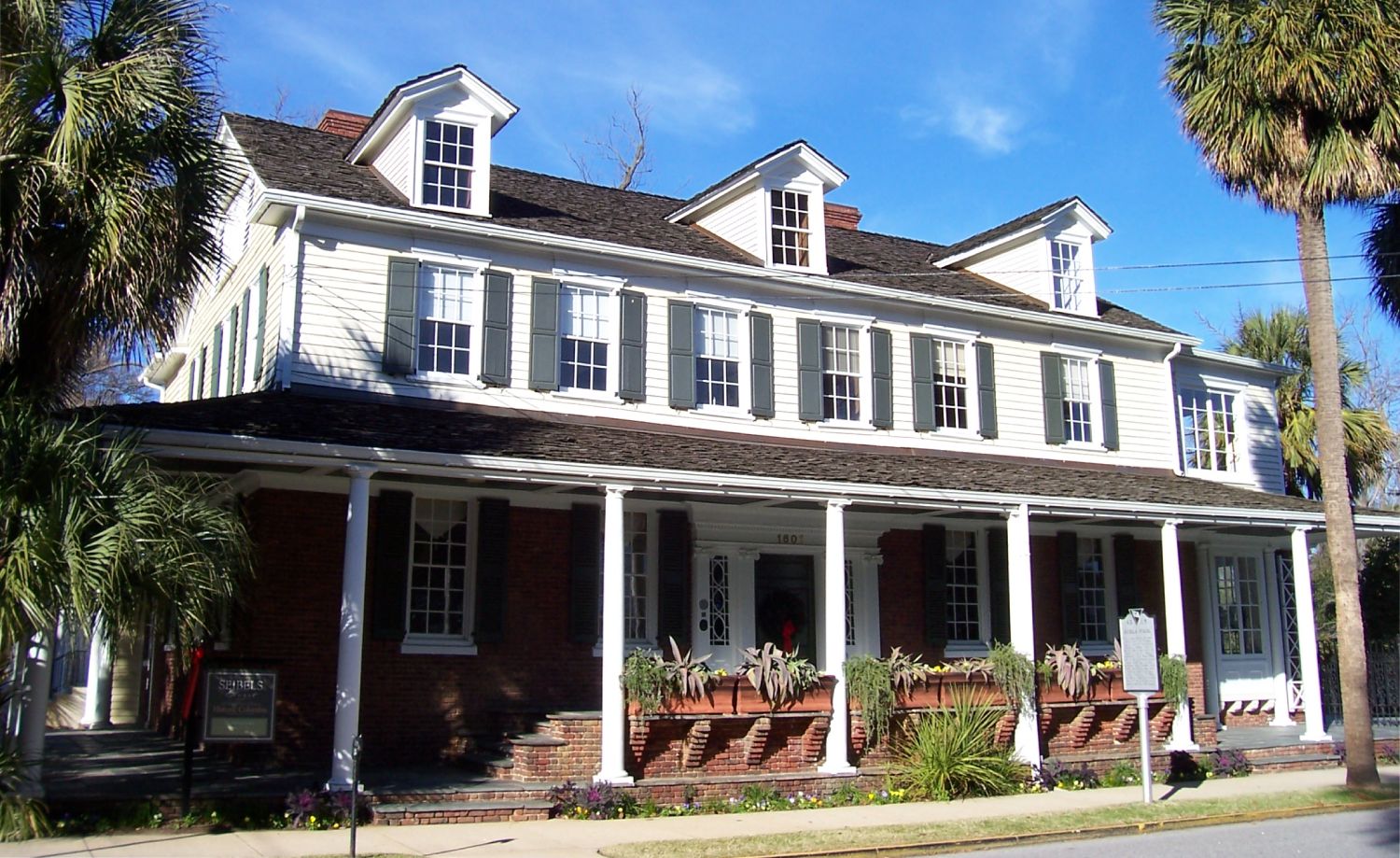
10. Seibels House
Standing quietly on Richland Street in Columbia’s historic district, the Seibels House holds the distinction of being the oldest residence in the city—and possibly the oldest building of any kind still standing in South Carolina’s capital. Constructed in the 1790s, this historic structure offers a rare, living glimpse into Columbia’s earliest days. Its survival through centuries of political change, urban growth, and even war makes it not only a cherished piece of architecture but a vital thread in the city’s cultural and civic memory. Today, it serves as the headquarters of preservation initiatives and remains a touchstone for those seeking to understand Columbia’s founding era.
Plan Your Visit
All ten landmarks are located within a short drive or walk from Forest Drive, making Columbia’s historic core easy to explore in a single day or weekend trip. Each location invites you to step deeper into the city’s past—from spiritual and political milestones to architectural marvels and powerful civil rights legacies. Whether you’re a local or first-time visitor, Columbia’s story lives on through these treasured sites.
